Gift giving can be fraught with anxiety, and Valentine's Day gifts are no exception. If you decide to give a luxury item like jewelry or a designer handbag, the stakes can seem even higher. Naturally, it can be tempting to look for a "deal," but buyer beware: If it seems too good to be true, it probably is, especially when it comes to counterfeit luxury goods. My research on the impact of counterfeiting on brands shows that the greatest risk in buying knockoffs is not to the brand, but to the user.
Why is this? First, counterfeits do not serve as substitutes for the real thing. Perhaps the biggest things that set luxury products apart from their imitators are quality and service. Design elements may be copied, but craftsmanship is difficult to replicate. That handbag found at a deep discount on eBay or at a street market may soon show signs of poor quality like frayed threading, broken straps or a ripped lining. Replacement time will be quicker since the counterfeit's shelf life is shorter.
Of course, even the authentic product may show signs of wear over time, but it won't be nearly as soon, and you'll have the luxury of seeking service from the brand. Luxury manufacturers pride themselves on satisfying their customers and building relationships. Counterfeiters don't. It could be quite humiliating for the gift the recipient to take the knockoff into the store for service, only to have it confiscated.
Given that luxury consumers may be predisposed to be concerned about image and self-presentation, this is a pretty high risk. Indeed, if you take shortcuts and purchase counterfeits (knowingly or otherwise), there's a pretty good chance that your significant other will find out the hard way.
But what if you inform your valentine that the gift is a fake? My research shows that counterfeit consumption will actually increase the desire for the real brand over time. While your loved one is using the counterfeit, it becomes increasingly clear that it is of substandard quality.
Also, they are publicly displaying a symbol of their tastes -- one that is false. If our possessions reflect who we are, what are we saying about ourselves if we display fake items? Over time, this creates a sort of cognitive dissonance -- a tension develops as their behavior is in conflict with their positive self-concept. Each compliment they receive makes it worse. It makes them feel fraudulent, and often leads to the user admitting to owning a counterfeit (which most people do when they obtain the gift in a social setting).
So the brand changes from something that they hadn't thought very much about to something they are reminded of every day by using a counterfeit. It's a reminder that they remain on the wrong side of the proverbial velvet rope.
What is the result of all of these social and psychological dynamics? Counterfeits rarely serve as substitutes for the legitimate product for very long. By giving a counterfeit, instead of satiating your valentine's desire for the product, you've only increased her desire for the luxury brand.
Since this process may lead to the purchase of the legitimate product down the road, you might think that counterfeiting -- which is estimated to be a $650-billion industry -- actually helps luxury brands. While the degree to which counterfeits can help a brand depends on market factors, they certainly don't spell catastrophe.
Some counterfeit consumers would never have paid for the real item due to price sensitivity so the brand is not actually losing a potential customer. But, you may be thinking that the potential harm to the brand comes from knockoffs diluting its exclusivity.
Actually, I've also found that knockoffs don't contaminate the value of the brand or its image. Owners of the real thing are confident (right or wrong) that they can accurately judge fake users based on social cues like who is using the product and how. The more confident the real brand consumers are in their ability to discern these counterfeit users, the more they are willing to continue to pay for the real luxury product. A peaceful coexistence or equilibrium results in this process. The brand's consumers believe that their expertise and style prevents them from ever being mistaken for their imitators.
Indeed, the main harm to the brand that I've identified in my research would be if these luxury consumers decided to purchase fakes. It would result in lost potential sales, plus they could get away with the fakes because they look the part.
Generally, when it comes to buying fakes, the greatest harm is not to the brand, but to the consumer. It's contradictory to how most of us view ourselves. No one wants to receive compliments on a fake or be exposed in a store. And, ultimately, the counterfeit leaves the recipient wanting the real deal.
So when you're shopping for Valentine's Day presents, remember that quality and honesty trump mimicry and counterfeits. Attempting to get luxury products by buying knockoffs will backfire not only for you as the gift giver, but also for the recipient. And that is no gift.
Renée Richardson Gosline is a marketing professor at MIT Sloan who has studied the effects of knockoffs on luxury brands.